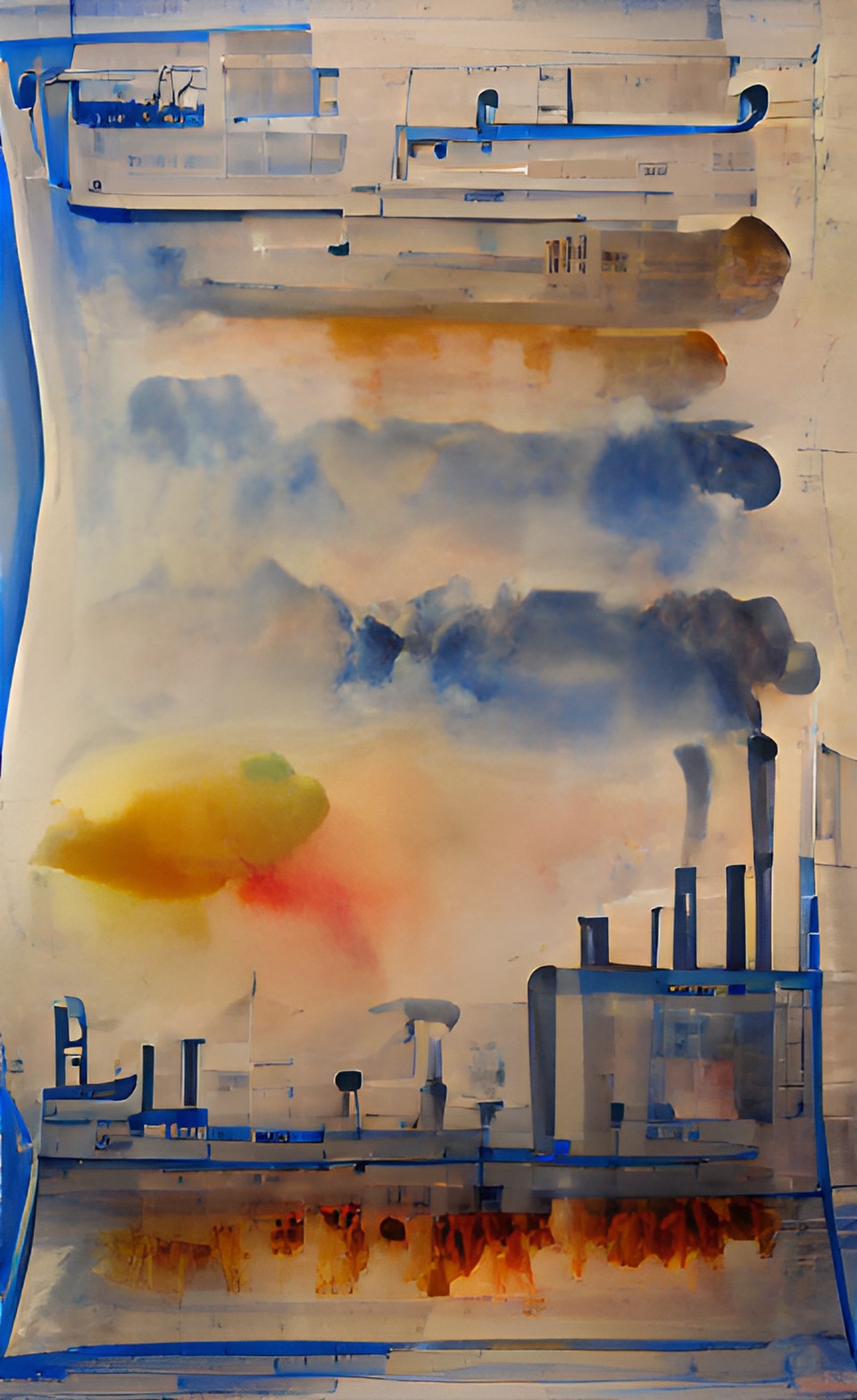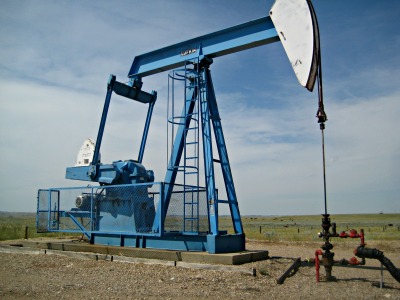- Air Homepage
- Alberta Air Quality
- Air Quality Dispersion Modelling
- Certified Regulatory and Compliance Professional
How Certified Regulatory and Compliance Professionals mean good air quality dispersion modelling
The goal of this article is to give recommendations and standards for certified regulatory and compliance professionals in western Canada. It addresses the requirements for dispersion modelling plans, like project specifics, emission sources, meteorological data and modelling techniques.
We also look at the skills of Air Quality Meteorologists. They include technical, analytical, and communication skills, as well as adaptability and ethical responsibility.
Modelling results are affected by provincial nuances, like seasonal variations in meteorological factors, land use classifications, and water vapor emissions. Professionals who want to improve their dispersion modeling skills can find the resources provided handy.
 Experts in air quality
Experts in air qualityWhat might be gained from looking at this page?
- How professional modellers play a crucial role.
- Learn how these experts help us in fighting pollution and improving public health.
- Discover advanced tools and techniques for air quality dispersion modelling, such as CALPUFF.
- Get actionable insights from the hourly meteorological data we use.
- Understand air quality modelling's practical implications from urban planning to public safety.
- Appreciate the meticulous attention to detail and rigorous quality assurance they need to use.
- How regulatory professionals make sure environmental guidelines are followed.
- Catch a glimpse of the future of air quality and be inspired by meteorology and environmental science.
- Keeping the complex topics involved interesting and accessible requires a certain type of technical knowledge coupled with engaging storytelling.
- This knowledge could motivate you to support and advocate for stronger environmental policies.
This article is intended to serve as a compelling read for anyone interested in environmental science.
British Columbia Dispersion Modelling Guidelines and Tools
The goal of air quality modelling is to predict how pollutants spread in the atmosphere using mathematical equations. By doing this, scientists and decision-makers can trace the sources of poor air quality and explore potential improvements under different scenarios.
We use a set of calculations called dispersion modelling that looks at how pollutants travel from their sources and it includes a direct correlation between pollution released into the air and air quality around it. The use of dispersion models makes regulating industries, granting permits and evaluating environmental impacts more straightforward for authorities. Also, models make for a practical alternative to physical experiments, which can be expensive, complicated, or harmful.
 Clean-air bubbles
Clean-air bubblesModels range from basic representations to advanced simulations, and their accuracy depends on the input. Models may predict pollution levels well in some cases, but there can be discrepancies in others because simplifications might introduce distortions in the data. Conducting assessments well takes choosing the right model, checking inputs, and rigorously testing the model's application for accuracy.
British Columbia has developed guidelines for standardizing and improving air quality dispersion modelling. Based on expert input, these guidelines help certified regulatory and compliance professionals follow best practices and provide consistent, reliable information. Modelling documents are reviewed by the Ministry of Environment and Climate Change Strategy to see that they're accurate, appropriate, and that the model output is aligned with air quality management needs.
Ultimately, air quality modelling protects our health and many facets of the environment. With it, we can better understand pollution sources, forecast potential impacts, and develop cleaner, healthier air strategies.
This section highlights the need for Ministry review and feedback on various aspects of dispersion modeling. Here are some key points in the model guidelines:
- Alternate models or modifications to Guidelines.
- Inclusion of specific details in the dispersion modelling plan such as:
- project description,
- model selection,
- model domain,
- switch settings,
- receptor grid,
- planned model output,
- establishment of source emission rates and baseline concentrations,
- building information for downwash,
- geophysical data sources and treatment,
- meteorological data input sources,
- determination of NO2 concentrations,
- chemical transformation methods and inputs,
- particle emission size/density distribution table,
- QA/QC procedures, and
- any new monitoring programs or well-test flaring applications.
Skills required for a Certified Regulatory and Compliance Professional in Alberta
Appendix C of the Alberta guideline document outlines the essential skills a certified regulatory and compliance professional needs for air quality modelling. Let's get started.
Competencies are crucial to job performance - For competent air quality modeling, the appendix outlines tasks, knowledge, and experience, emphasizing communication, record-keeping, and following standards.
Here's the context: Modelling success depends on communication and record-keeping.
 Assessing impact of weather
Assessing impact of weatherWhat you need to know and be able to do - Modellers need to be familiar with:
- chemical and physical meteorology,
- atmospheric substance interactions,
- risk assessment,
- legislative frameworks,
- information sources,
- map interpretation,
- report preparation, and
- communication and teamwork skills.
Quality Assurance - It's important to follow standard protocols, pick the right practitioners, and refer to specialists when needed. The related tasks are:
- Monitoring and meteorological data are gathered and interpreted,
- pollution sources, land characteristics, receptor sites are identified,
- dispersal models are run, results are interpreted, reports are written, changes are recommended, and
- further assessments are done.
Experience and Knowledge:
- Chemical and physical meteorology,
- atmospheric substance interactions,
- surface characteristics,
- pollution sources, and
- computer modelling are all required.
In addition, a certified regulatory and compliance professional has to be able to interpret map information and create predicted concentration maps.
Careers in Air Quality: Insights from Job Postings
An air quality project manager or specialist could be a rewarding career choice. To protect public health and tackle environmental challenges, this field combines scientific expertise, technical skills, and problem-solving. You may find this useful:
 How to help air Pollution
How to help air PollutionTypically, a certified regulatory and compliance professional will need a degree in chemical, environmental, or related engineering or science. You'll stand out if you get a postgraduate degree, especially for leadership roles. Expertise in air dispersion models like AERMOD or CALPUFF is highly valued, particularly in consulting or industrial jobs.
The key responsibilities include determining pollutant emissions and emission characteristics, using the dispersion models to predict air quality impacts, and preparing detailed reports. You'll also work with clients, regulatory agencies, and interdisciplinary teams to better ensure compliance with environmental laws.
In this field, success is often associated with strong analytical skills, proficiency in math and statistics, and the ability to interpret complicated data. You'll have to explain technical findings to diverse audiences, from policymakers to public interest groups. Innovative solutions to air quality challenges require creativity and problem-solving on your part.
You can calculate emissions for industrial projects or carry out environmental impact assessments for large projects, such as those in the mining or energy industries. You'll get to travel, mentor junior staff, and maybe lead climate strategy and greenhouse gas mitigation initiatives.
Becoming a certified regulatory and compliance professional and moving into a career in this field appeals to people who love science, the environment, and making a difference. A career in air quality management can be fulfilling and impactful if you're adaptable, detail-oriented, and eager to collaborate across disciplines.
Calvin Consulting Group Ltd. is Your Air Quality Dispersion Modelling Solution.
It's not just about meeting regulations - it's about safeguarding public health, protecting the environment, and ensuring your business runs smoothly. At Calvin Consulting Group Ltd., we understand the complexities you face. We've helped businesses like yours navigate approvals, risk assessments, and environmental impact studies with precision and care for over 30 years.
We provide accurate, actionable insights. To do so, we evaluate pollutant dispersion using advanced models like AERMOD and CALPUFF. Our comprehensive assessments offer the clarity you need to meet regulatory standards and protect your operations, whether you're seeking approval to operate, dealing with an emergency, or planning a project.
Why choose Calvin Consulting?
Three of our five Principal Consultants have over 95 years of combined experience, making us one of Canada’s most trusted teams. We’ve trained top environmental agencies, including Alberta Environment and Environment Canada, helping to make sure our methods set the industry standard. From data analysis to clear, impactful reporting, we’re here to simplify your challenges and deliver results that matter.
Let’s solve your air quality concerns together. Contact Barry today at:

Then we can take the first step toward a seamless, professional solution that matches your needs.
Clean air is our Passion...Regulatory Compliance is our Business.
A Certified Regulatory and Compliance Professional makes sure...
...all elements of dispersion modelling, from project descriptions to meteorological data inputs, follow strict guidelines.
These professionals interpret data, recommend changes, and strive to ensure compliance with environmental regulations, so they can maintain rigorous quality assurance protocols.
Do you have concerns about air pollution in your area??
Perhaps modelling air pollution will provide the answers to your question.
That is what I do on a full-time basis. Find out if it is necessary for your project.
Have your Say...
on the StuffintheAir facebook page
Other topics listed in these guides:
The Stuff-in-the-Air Site Map
And,
Thank you to my research and writing assistants, ChatGPT and WordTune, as well as Wombo and others for the images.
GPT-4, OpenAI's large-scale language generation model (and others provided by Google and Meta), helped generate this text. As soon as draft language is generated, the author reviews, edits, and revises it to their own liking and is responsible for the content.



New! Comments
Do you like what you see here? Please let us know in the box below.